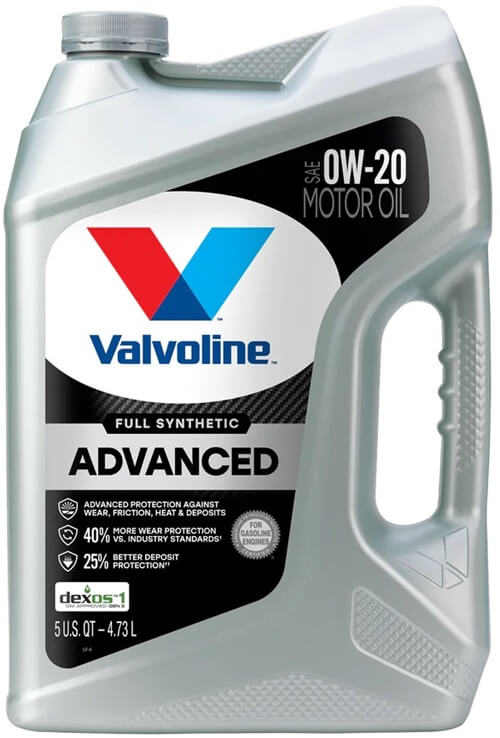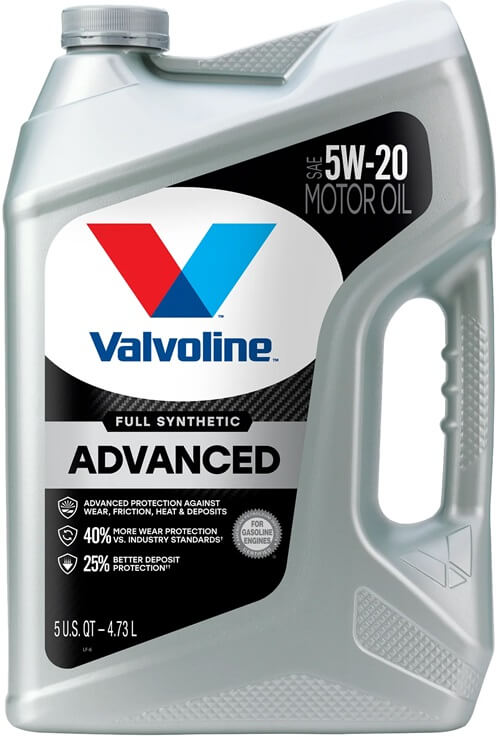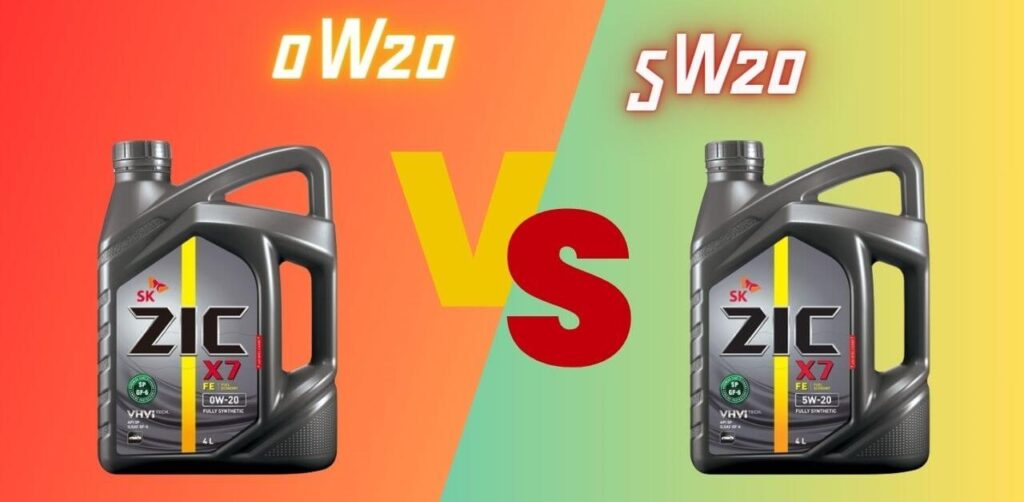Both oils are almost the same, but they have different chemical composition and can handle different low temperatures. Both motor oils are low-temperature grade, but 0W20 is better for use when it is cold outside.
These numbers, such as 0W or 5W, show the viscosity of engine oil at different temperatures. It shows how thick the oil is at room temperature and when heated.
An engine usually works best when it’s between 93°F and 200°F. It needs time to warm up before you can start your car and rev the engine. The problem will disappear when you stop or slow down and let the engine run for a while.
That’s why oil thickness is essential; the engine will heat up and cool down more slowly with thicker oil. It is necessary to understand this if you want to save oil and gas.
What Is Viscosity?
This is very important to know when looking at multi-grade oils like 0W-20 and 5W-20 because the viscosity directly affects how well the oil works at different temperatures. It involves the engine’s ability to lubricate at operating temperatures and how easily oil runs when cold. People who don’t know much about viscosity might be unable to make decisions that will improve engine performance because they won’t be able to tell the difference between multi-grade and mono-grade oils.

How Does Multi-Grade Engine Oil Work?
0W20 and 5W20 are two examples of multi-grade engine oils. They are unique because they have additives that change how thick they are as the temperature changes. Mono-grade oils are designed to work only in a small temperature range. Multi-grade oils, on the other hand, can be used in a lot of different temperatures and still work great. This difference saves time and effort by eliminating the need for frequent oil changes. It’s a big step forward in engine oil technology to have these features, and they may help people understand how flexible multi-grade oils are.

What Do Viscosity Modifiers Do to Keep Engine Oil Thickness?
Viscosity modifiers are important polymeric molecules that slow the rate at which oil viscosity drops as temperatures rise. Because of this key feature, the oil’s thickness stays the same across a wide temperature range. When it gets cold, these molecules help the engine start more easily by contracting, preventing the oil from becoming too thick. Because the molecules grow, the oil stays broad enough to grease even when the temperature increases. Thinking about what viscosity modifiers do might help you understand the scientific side of how engine oils change viscosity when the temperature changes.
What Is An SAE Engine Oil Grade?
The SAE rates engine oils based on thorough testing at 0°C and 100°C. 0°C is used to simulate cold starts, and 100°C is used to simulate average working temperatures. One example of this grade is SAE 20 in 0W-20, which is used globally as a standard to evaluate engine oils. The ability of various oils, like 0W-20 and 5W-20, to function in a variety of temperatures is what separates them. With this consistent description, customers can be sure to choose oils that are right for their driving conditions and temperatures. This makes their cars run better and last longer.
0W20 vs 5W20 – What Is The Difference?
Is 0W20 Better Than 5W20?
The car’s owner’s manual will tell you whether to use 0W20 or 5W20. No matter how close the oils are, following the manufacturer’s instructions is essential to get the most out of your engine. For instance, 0W-20’s slightly lower viscosity might make cold starts easier in colder months, so temperature is an important thing to think about. But problems could happen if you don’t use the right oil, especially when cold outside. Customers should follow the owner’s manual to ensure their car runs smoothly and that the oil they choose doesn’t hurt it.
Similar Posts:
Can I Put 0W20 In A Car That Takes 5W20?
Before putting 0W-20 oil in a car that was made for 5W-20, there are a few things you should think about. Some of these are following the manufacturer’s instructions and thinking about the world.
As long as the temperature is the same (SAE 20), 0W-20 and 5W-20 oils usually have the same fluidity. The biggest difference between them is how thick they are at low temperatures. 0W-20 is a little less thick, which could be helpful for cold starts.
Because many current engines can work with different oil viscosities, you can use 0W-20 in a car that was made to use 5W-20 and vice versa.
Conclusion
Similar to flow rates, friction, and viscosity, it emphasizes the importance of learning the basics. When deciding, think about the type of car, the weather, and how often you travel. You should use either 0W-20 or 5W-20 to maintain optimal engine performance, depending on the weather, your preferences, and the manufacturer’s recommendations.
Whatever you do, the engine will continue running smoothly if you follow the manufacturer’s instructions.


